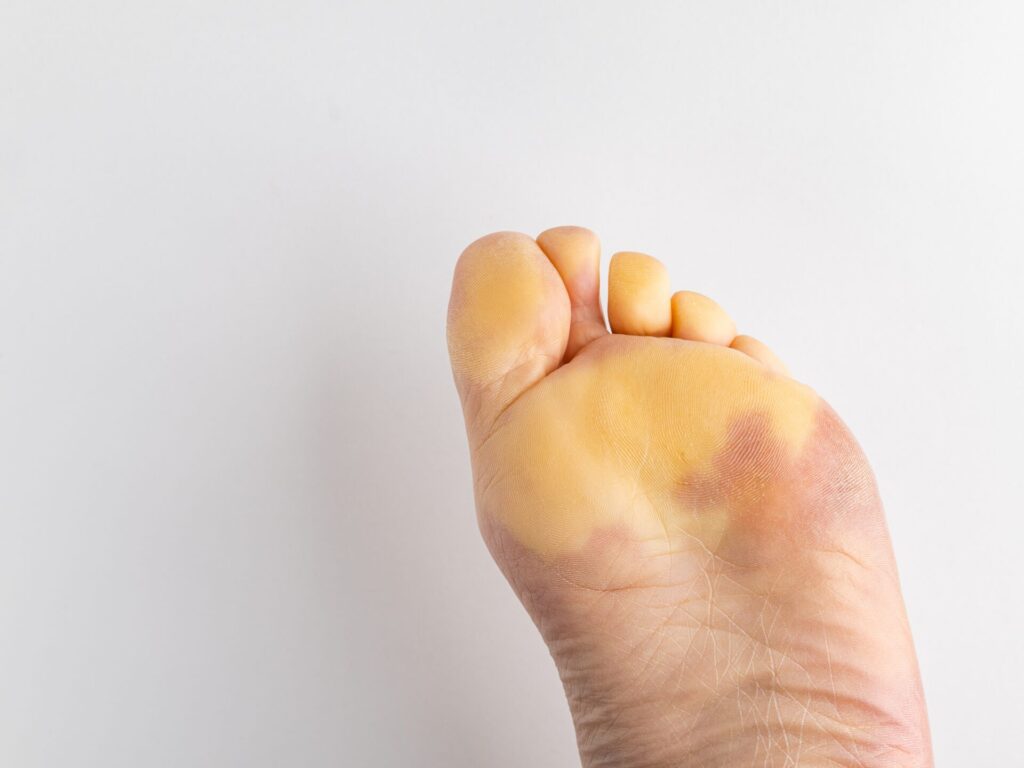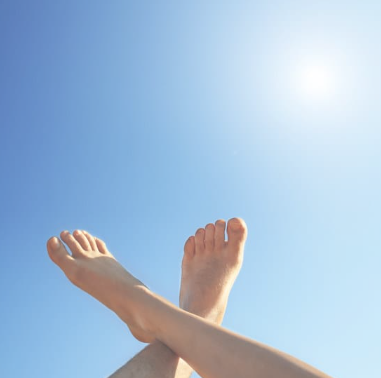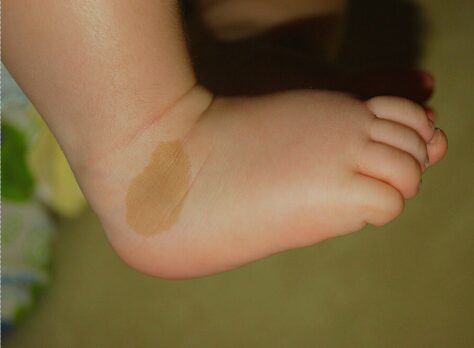What is Raynaud’s Disease?
What is Raynaud’s Disease? Raynaud’s disease, also known as Raynaud’s phenomenon or Raynaud’s syndrome, is a condition characterized by episodes of reduced blood flow to the fingers and toes, typically in response to cold temperatures or stress. This phenomenon occurs due to vasospasm, which is a sudden narrowing of the blood vessels, leading to […]
What is Raynaud’s Disease? Read More »









